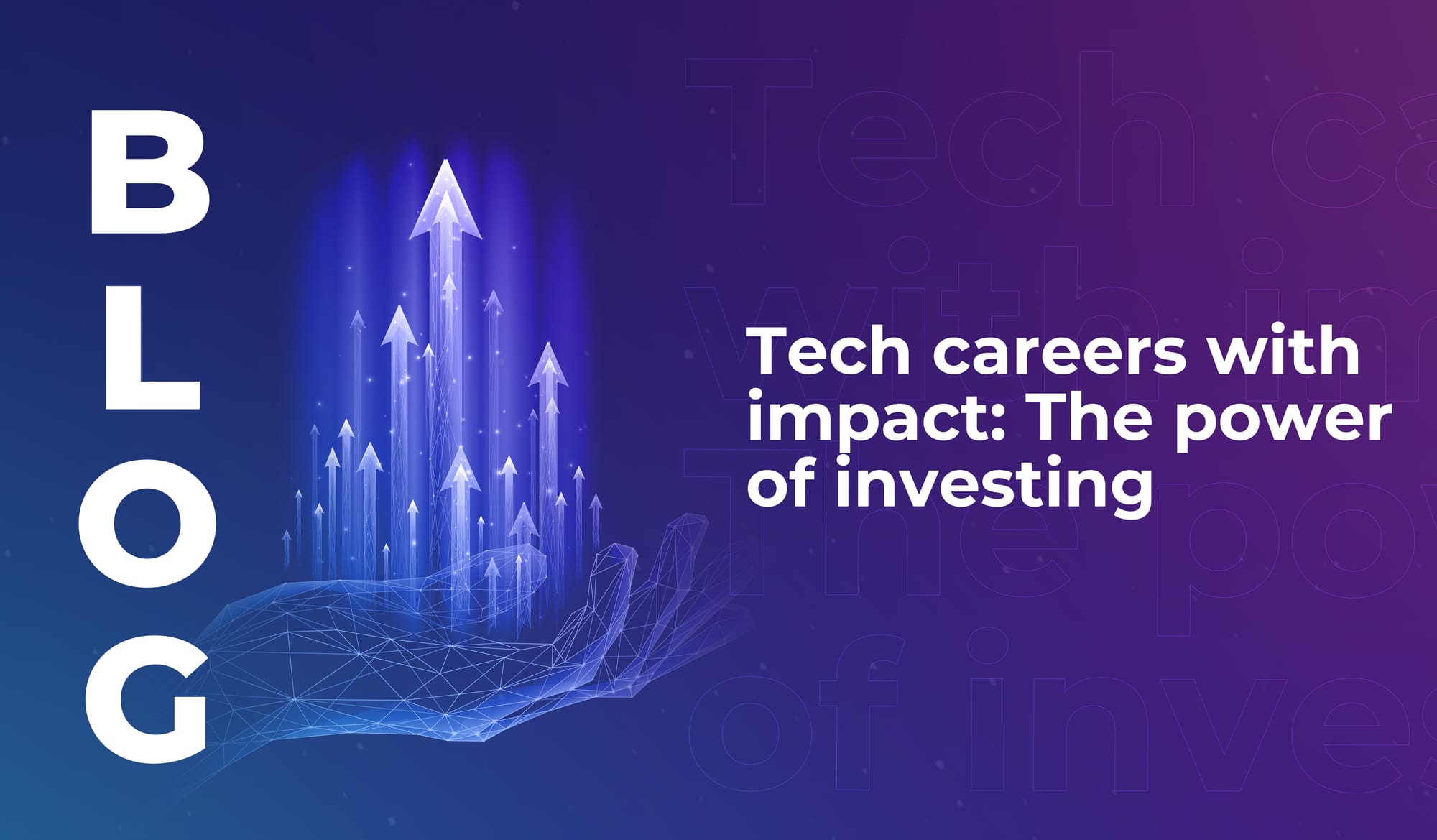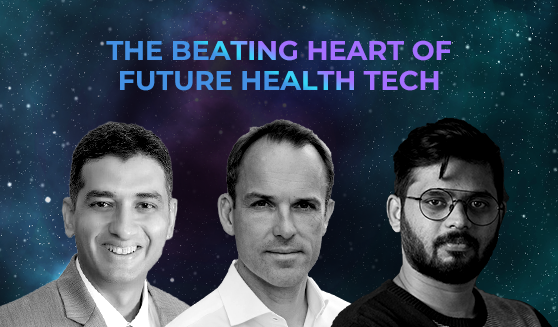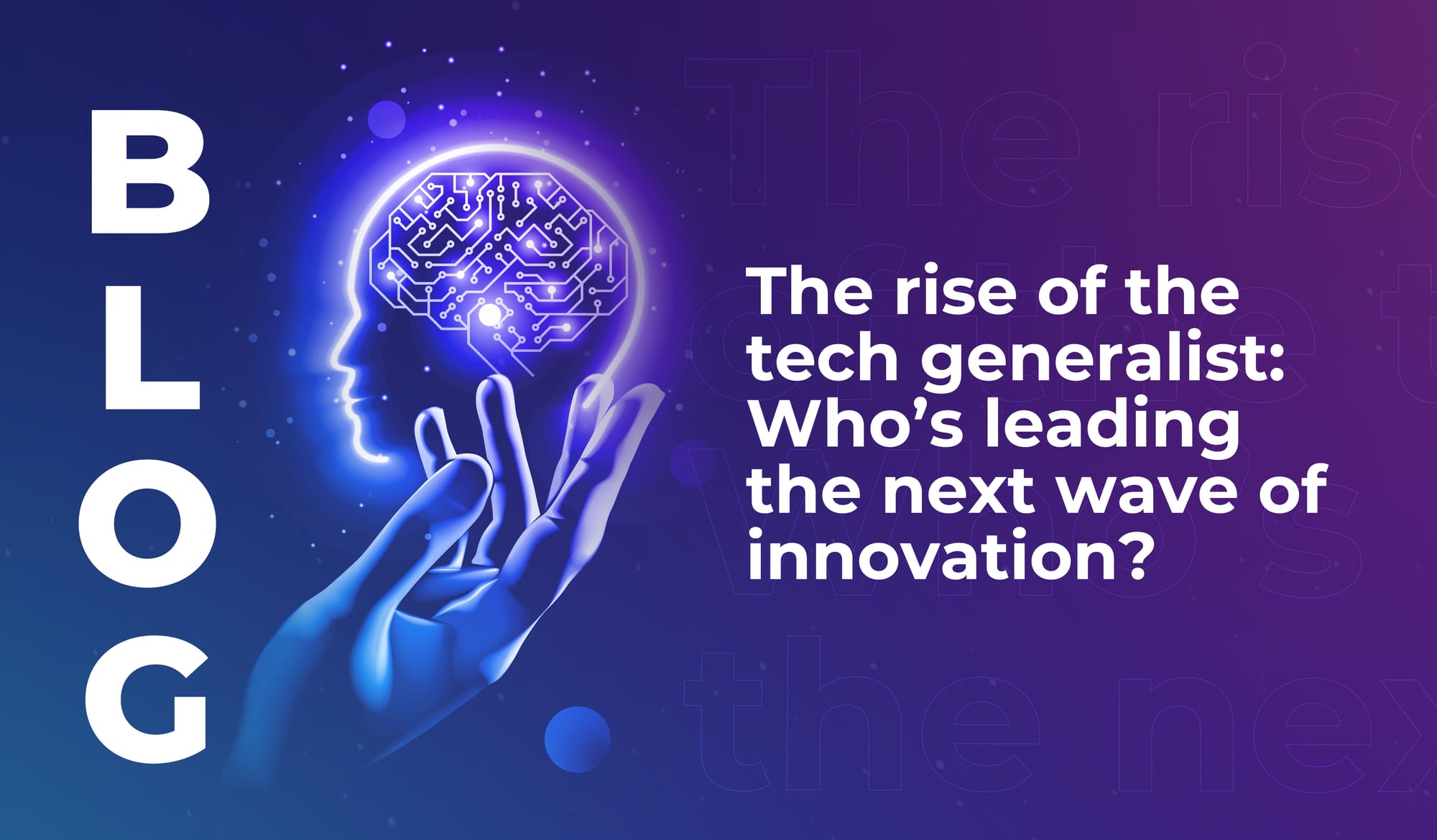
Tech careers with impact: The power of investing
If you’ve ever thought about becoming a tech investor, read this – learn why investors are the quiet force shaping the future of the industry.


Genomics, wearables, assistive tech and digitised patient services: healthcare is transforming at pace, and key industry players are looking at an optimistic future.
At #LEAP22 Asad Khan (Managing Director – Technology, Health and Public Service Lead at Accenture) sat down with Pranav Vempati (CEO at MakersHive – KalBionics) and Richard Vincent (CEO and Co-Founder at Fundamental VR) to talk about the key developments and challenges in health tech right now, and how the industry can facilitate a robust ecosystem for this segment in the future.
Khan asked what developments are likely to have the biggest impact over the next three to five years. For Vincent, immersive tech for education, training, and skills assessment is a primary area of focus; and since the pandemic, he said “what we’ve seen there is the move from people thinking about this as a potential technology for use, to an inevitable technology for use – and implementing it at scale.”
This spike in the motivation to use VR and haptic tech to train medical professionals is coupled with the rapid digitisation of patient services, which has accelerated the speed of interaction between medics and patients in ways that just weren’t possible before.
But beyond specific technologies, Vincent pointed out that it’s acceleration itself that is causing the most significant impact on the industry. Throughout his 30+ years working in tech, he said he’s seen the same pattern repeat itself:
“You have that explosion of excitement, you have a lot of different ways of doing something; they all go off in their own direction. And then things start to calm and they start to consolidate, and you start to get two or three ways of doing something. While that’s going on, Moore’s Law continues to apply – which is that things get faster and cheaper, exponentially.”
And that’s the pattern that health tech is working through right now. Driven by a combination of COVID-19 and the emergence of a broad spectrum of new tech capabilities all at the same time, the explosion is underway: new ideas, new solutions, and new innovations are spreading like wildfire. Healthcare providers and health tech companies need to be open to what all this newness could bring, while also remaining calm – a clearer path to achieving efficacy and efficiency will emerge as the growth of new tech slows, and the stuff that’s been created is whittled down to a handful of leading solutions.
From Vempati’s perspective, it’s assistive technology that holds the greatest potential for impact – because it’s being developed into a space that has been neglected and is, therefore, wide open for innovation.
According to a 2018 report by the World Health Organisation, about 15% of the world’s population (or around 1 billion people) has some form of disability. So, Vempati pointed out, there should’ve been about 5,000 people with a disability in attendance at #LEAP22. And yet, that wasn’t the case. Because the tech industry hasn’t historically been proactive about including people with disabilities, or designing tech with accessibility in mind.
“For generations, there hasn’t been much intent to work in this domain,” Vempati said. “The problem is there are very advanced technologies working in this sector, but they’re not accessible for most people – primarily because they are not affordable. So what we’re interested in is actually building these technologies at an affordable price so that they’re accessible for the majority of the population.”
KalArm, the first bionic hand in India, is a key example of that mission. According to Vempati, it’s about 10X more affordable than any other bionic hand on the market – “and yet it’s one of the most advanced bionic hands in the world.”
Different health tech segments have their own unique challenges. In biogenics and medical devices, for example, one of the key obstacles is national regulation – each country has their own set of rules for what makes a device fit for market. This poses a real problem for innovative startups because, as Vempati noted, they don’t have the financial power to ensure they can meet compliance regulations in all the countries they want to launch into.
Testing medical devices is also a big challenge – it can take up to a decade to complete the testing process for some products and in some regions. Vempati suggested that AI simulations could help to speed up that process.
The development of assistive technologies has picked up in the last five years or so. But it’ll be held back by policy restrictions and testing – and addressing that will help to smooth the journey for life-changing new devices.
“It’s extremely important for us to have proper policies in every single country that can support startups in a better way,” Vempati said. And this will be crucial to national and global economies too, as startups are forecast to provide a growing number of new jobs to the workforce – according to the OECD, since 1998 fledgling businesses have created almost half of new jobs across OECD countries.
Looking to a transformative (and robust) future for health technology, Vincent said “For me, it’s all about non-organic growth.” Instead of following a steady trajectory with each development in healthcare and medicine building naturally on the last, he urges a bolder approach – we need to take the opportunity to make huge leaps, and “step over established practices and thinking” to move the needle more quickly.
This will require medical professionals and healthcare providers to take big leaps too. There’s got to be a constant, endless communication between tech developers and doctors and nurses and midwives and everyone else involved in patient care to ensure that new tech can actually be implemented effectively, and to more than a small, privileged fraction of the global population. But there’s no doubt that technology is already making a big difference to patients’ lives – and that innovation is becoming the beating heart of healthcare.

If you’ve ever thought about becoming a tech investor, read this – learn why investors are the quiet force shaping the future of the industry.

Tech generalists will enable emerging technologies to integrate across industries and societies in meaningful ways. We still need specialists – but we also need big-picture people.

Discover three tech sectors facing a talent shortage this year. Could you find your ideal role in a high-demand sector like cybersecurity, cloud computing, or artificial intelligence?

If you’ve ever thought about becoming a tech investor, read this – learn why investors are the quiet force shaping the future of the industry.

Tech generalists will enable emerging technologies to integrate across industries and societies in meaningful ways. We still need specialists – but we also need big-picture people.

Discover three tech sectors facing a talent shortage this year. Could you find your ideal role in a high-demand sector like cybersecurity, cloud computing, or artificial intelligence?